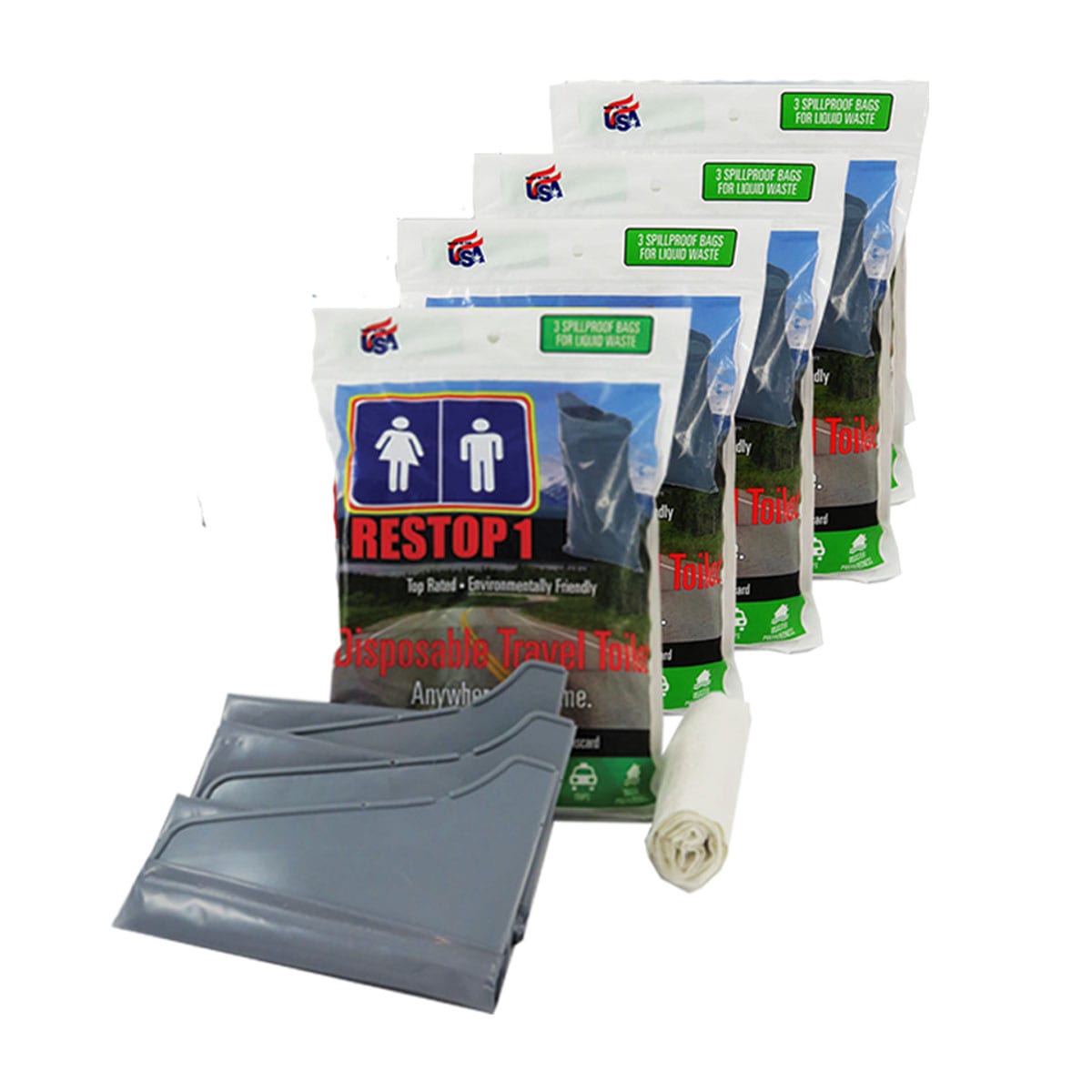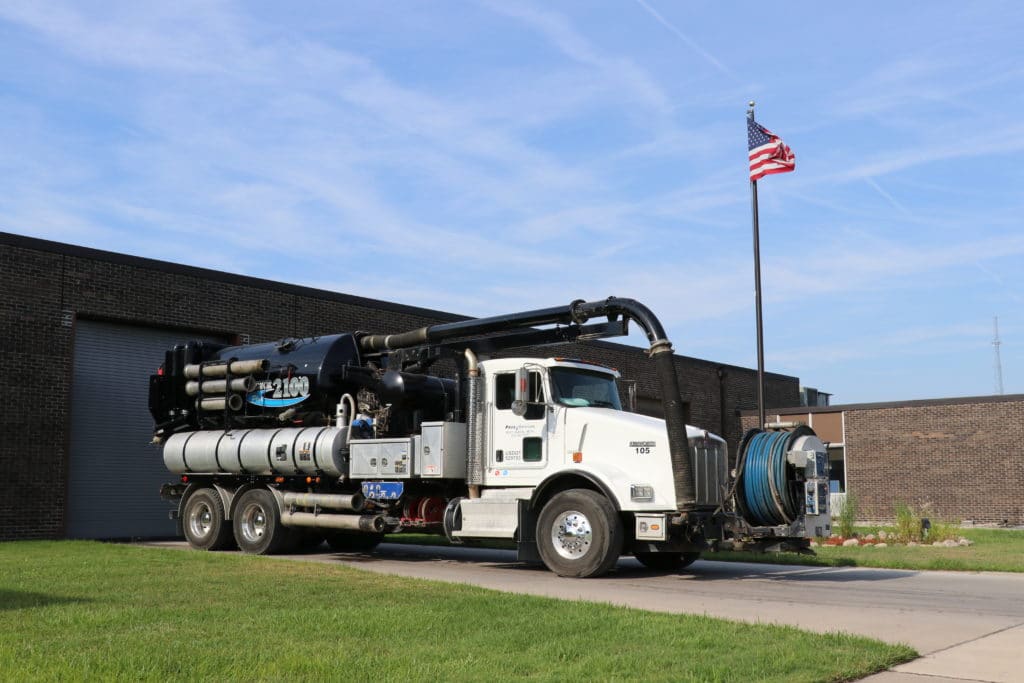Innovative Industrial Wastewater Treatment Solutions: Shielding the Environment
Innovative Industrial Wastewater Treatment Solutions: Shielding the Environment
Blog Article
Exactly How Liquid Garbage Disposal Works: A Detailed Review of Strategies and Technologies Utilized

Introduction of Liquid Waste Kind
The intricacy of fluid waste types requires a complete understanding of their characteristics and implications for disposal. Fluid waste can extensively be classified right into several types, including commercial, local, agricultural, and contaminated materials. Each classification exhibits unique homes, calling for specific administration methods to minimize ecological and health dangers.
Industrial liquid waste originates from manufacturing procedures and usually consists of a series of contaminants, such as heavy steels, solvents, and natural compounds. Municipal fluid waste, primarily making up wastewater from households and industrial facilities, includes natural issue, nutrients, and virus (industrial wastewater treatment). Agricultural fluid waste, consisting of drainage from ranches, may include plant foods, chemicals, and pet waste, posing threats to water high quality and ecosystems
Hazardous fluid waste is identified by its poisoning, sensitivity, or potential to trigger injury. Comprehending these diverse liquid waste kinds is vital for establishing effective disposal methods and guaranteeing conformity with ecological regulations.
Physical Treatment Techniques

Testing is the first step, where larger bits and particles are eliminated from the fluid waste utilizing displays or grates. This process safeguards downstream equipment from damage and makes sure smoother procedure. Adhering to testing, sedimentation uses gravitational force to separate solids from fluids. In sedimentation storage tanks, larger bits settle near the bottom, creating a sludge layer, while the cleared up fluid can be more dealt with.
Purification is one more essential approach that entails passing the liquid through porous products, such as sand or membranes, to capture smaller sized fragments. This step enhances the quality of the fluid, making it appropriate for subsequent therapy procedures.

Chemical Treatment Strategies
Chemical therapy strategies are essential for successfully taking care of fluid waste, especially in attending to liquified and colloidal contaminants that physical techniques might not sufficiently get rid of. These techniques utilize numerous chemical representatives to neutralize, precipitate, or transform unsafe materials right into less dangerous forms.
One usual approach is coagulation and flocculation, where chemicals such as alum or ferric chloride are contributed to promote the gathering of suspended bits. This procedure enhances sedimentation, enabling easier removal of the resulting sludge. Furthermore, oxidation procedures, utilizing representatives like chlorine or ozone, are employed to damage down complicated natural compounds and pathogens, providing the waste much safer for discharge or additional treatment.
Neutralization is one more critical technique, which changes the pH of acidic or alkaline waste streams to neutral degrees, preventing prospective harm to downstream systems and the atmosphere. Moreover, advanced oxidation procedures (AOPs) make use of combinations of oxidants and ultraviolet light to weaken relentless toxins, achieving a greater level of therapy performance.
Biological Treatment Processes
Biological treatment procedures play a vital role in the administration of liquid waste by using microorganisms to decompose raw material and lower pollutant levels. These processes can be extensively categorized right into anaerobic and cardiovascular therapies, each utilizing details microbial neighborhoods to attain efficient waste destruction.
Cardio therapy includes using oxygen to facilitate the breakdown of natural materials by bacteria. This procedure is frequently carried out in triggered sludge systems, where oygenation tanks give a helpful setting for microbial growth, bring about the oxidation of organic contaminants. The resultant biomass can check my site be divided from treated effluent with sedimentation.
On the other hand, anaerobic treatment occurs in the absence of oxygen, depending on different bacteria to break down raw material. This approach is specifically beneficial for high-strength waste, as it produces biogas, an eco-friendly energy source, while minimizing sludge production. Technologies such as anaerobic digesters are frequently utilized in metropolitan and industrial applications.
Both anaerobic and cardiovascular biological therapies not just reduce the environmental effect of liquid waste however likewise assist in resource recovery, making them vital components of sustainable waste administration methods. Their performance, adaptability, and efficiency support their widespread application across various sectors.
Emerging Technologies in Disposal
Cutting-edge approaches to fluid waste disposal are swiftly progressing, driven by advancements in technology and an enhancing focus on sustainability. Among these emerging technologies, membrane bioreactors (MBRs) have acquired grip for their capacity to incorporate organic therapy with membrane filtering, leading to high-grade effluent that can be reused in various applications. MBRs enable smaller sized impacts her latest blog and extra efficient procedures contrasted to standard systems.
Another appealing growth is making use of anaerobic digestion integrated with nutrient recuperation innovations, which not only deals with fluid waste however likewise creates biogas and recoups useful nutrients like nitrogen and phosphorus. This twin benefit enhances resource effectiveness and reduces environmental influence.
Additionally, advanced oxidation processes (AOPs) are being embraced for the destruction of complex organic contaminants. These techniques utilize effective oxidants and drivers to break down impurities at the molecular level, supplying a highly reliable option for challenging waste streams.
Additionally, the combination of expert system and maker learning in waste monitoring systems is enhancing functional efficiency and predictive upkeep, causing lowered prices and enhanced ecological conformity. These modern technologies reflect a substantial shift towards even more lasting and efficient fluid garbage disposal practices.
Final Thought
In verdict, reliable liquid waste disposal demands a comprehensive understanding of various methods and innovations. By continuously advancing these techniques, it becomes possible to attend to the expanding difficulties connected with fluid waste, inevitably contributing to ecological protection and resource recovery.
Liquid waste disposal is a critical element of environmental management, needing a comprehensive understanding of different techniques and innovations customized to different waste kinds. Liquid waste can extensively be categorized into a number of kinds, consisting of commercial, municipal, agricultural, and hazardous waste. Agricultural liquid waste, including overflow from ranches, might have plant foods, pesticides, and pet waste, posing threats to water high quality and communities.
Numerous physical treatment methods play a critical duty in managing fluid waste successfully - industrial my website wastewater treatment.In verdict, effective fluid waste disposal requires a detailed understanding of numerous strategies and technologies
Report this page